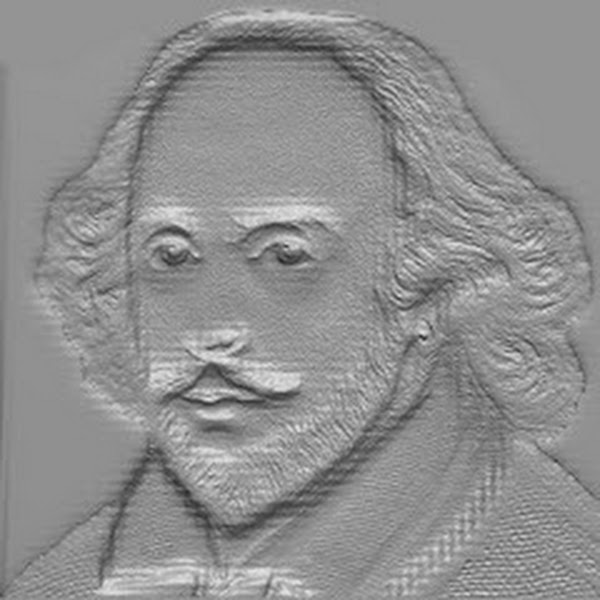In poetry, a “foot” is the basic building block of a verse’s meter. It is a unit of stressed and unstressed syllables that repeats to create a rhythmic pattern within a line. The combination of stressed and unstressed syllables defines the type of foot, and different poetic traditions use various types of feet.
Here are some common types of poetic feet:
- Iambic: Consists of two syllables with the stress on the second syllable (da-DUM).
- Example: “To BE or NOT to BE.”
- Trochaic: Consists of two syllables with the stress on the first syllable (DUM-da).
- Example: “TYger TYger, BURNing BRIGHT.”
- Anapestic: Consists of three syllables with the stress on the last syllable (da-da-DUM).
- Example: “And the SOUND of a SILver HORN.”
- Dactylic: Consists of three syllables with the stress on the first syllable (DUM-da-da).
- Example: “HALF a league, HALF a league.”
- Spondaic: Consists of two stressed syllables without intervening unstressed syllables (DUM-DUM).
- Example: “Heartbreak.”
- Pyrrhic: Consists of two unstressed syllables (da-da).
- Example: “to the.”
The specific combination of these feet creates the meter of a line of poetry. For example, iambic pentameter consists of five iambs per line, while trochaic tetrameter consists of four trochees per line.
The term “measure” is often used interchangeably with “foot” in the context of poetic meter. Both refer to the rhythmic structure created by the arrangement of stressed and unstressed syllables in a line of poetry.
 CSP
CSP